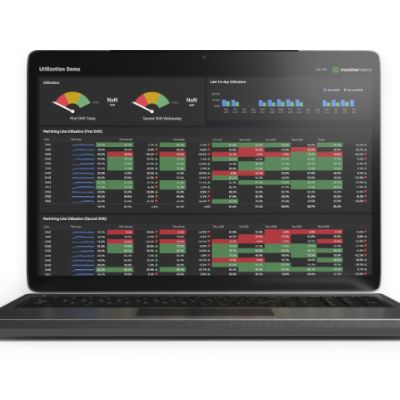Ideation, in All its Forms
June 1, 2015Comments
Attendees of MetalForming magazine’s Manufacturing ERP Experience last month in Chicago learned about much more than new innovations in ERP software. They also gained solid insights into the future of manufacturing and the growing role that software and innovative technology will play. For starters, Plex’s Dave Morfas, director of product marketing, introduced attendees to the term “ideation”—the creative process of generating, developing and communicating new ideas into manufacturing operations.
“Today’s manufacturers must have systems in place to act on new ideas,” Morfas said. “Ideation begins with innovation, then moves to development and actualization.”
Several methods of moving ideation past the innovation stage and onto development and actualization are described in the book, “Ideation: The Birth and Death of Ideas.” They include the symbiotic method of idea creation, where multiple ideas are combined, using different elements of each to make a whole; a revolution, which breaks away from traditional thought and creates a brand new perspective; and artistic innovation, which disregards the need for practicality and holds no constraints.
In forward-looking metalforming companies that foster the concept of ideation and innovation (a few of which are described in this month’s issue of MetalForming), much of the innovation we see centers on automation. And as “more automation makes it onto our shop floors,” says Manufacturing ERP Experience keynote speaker Cindy Jutras, “companies will require more and more connectivity.”
This means an escalation in the amount of automated shop-floor data collection. And it requires continued investment in the software that is able to efficiently and accurately digest all of this new-found data, to generate meaningful, timely reports. Managers tuned into the ideation strategy then need to set aside time to study these reports—daily if not more frequently—to develop and implement a continuous stream of new ideas.
A third thought-leadership idea presented at The Manufacturing ERP Experience came from keynoter Louis Columbus, who introduced the concept of performance needles. Columbus issued this challenge to attendees:“What performance needles are you trying to move on behalf of your customers, and which needles should be moved? The concept of increased data collection and escalating the use of analytics drives collaboration between customers and suppliers.”
One clear result of such collaboration—based on data and analytics—is a streamlined bidding and estimating process. This reduces the cost of sales, explained Columbus, and in some cases can reduce order-completion cost by as much as 95 percent. Those are ideas worth implementing.
Regarding analytics, Columbus urges manufacturers to focus on the metrics that will most impact customer satisfaction. As noted in a white paper from The Cicero Group: “Business owners and managers often have a love-hate relationship with customer satisfaction—they know they should care about it, but they’re not sure how it impacts the company’s bottom line.”
Columbus adds: “Stay customer-driven by having your customers audit you with anonymous surveys of how you are doing, with specific focus on bids, proposals and quotes.”Technologies: Management, Sensing/Electronics/IOT








